Darwin’sDiscovery
In1831, anEnglishnaturalist namedCharlesDarwinboardedashipcalledtheBeagle. HevisitedtheGalápagosIslands.Darwin’sjobwastocollectandstudyanimal,plant,androcksamples.Hewouldbecomeoneoftheworld’smostfamousscientists.Heworkedonthe theoryofevolution.Itexplainshowlivingthingschangeanddevelopovertimeinorderto survive.
Darwintookmanynotesandkeptajournal.Theyhelpustoknowwherehetraveledandwhathe collected.
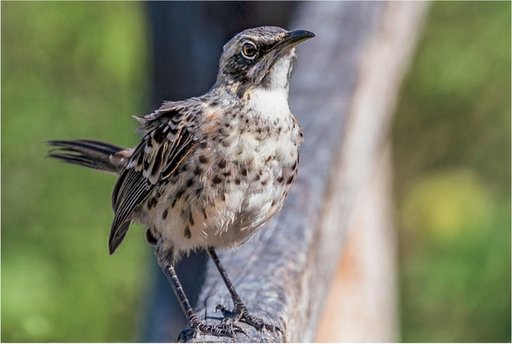
SanCristóbal mockingbird
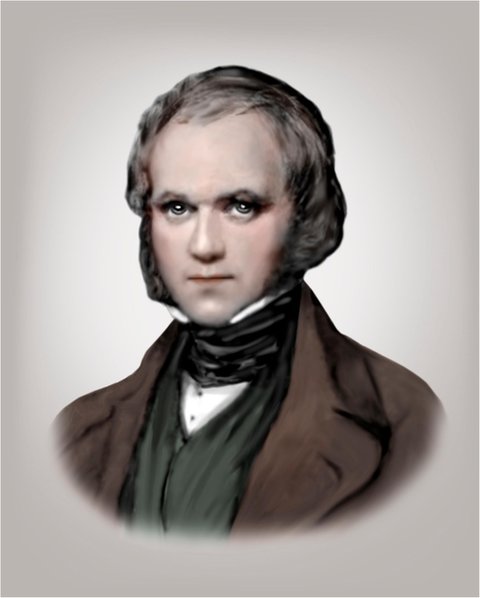
Charles Darwin
WhereTheyTraveled
TheBeagle reachedtheGalápagosin1835.Darwinvisitedfourofthelargerislands.SanCristóbalwasfirst.Theislandismadeupoffourvolcanoes.SanCristóbal’sdry,rockycoastsurprisedDarwin.Wasthereanylifehere?Yes.Hefoundpilesofmarineiguanasandpatchesofdesertplants.Healsocollectedthefirstspeciestobecomethefoundationofhistheory,theSanCristóbalmockingbird.
MockingbirdMystery
Floreanawasthesecondislandtobeexplored.Darwincollectedmoresamples.TheseincludedtheFloreanamockingbird.ThedifferencesbetweenthisbirdandtheonefoundonSanCristóbalpersuadedDarwintopaycloseattentiontoGalápagos birds.
DarwinmetwithfellowEnglishmanNicholasLawson.Hewastheactinggovernorfortheisland.LawsontoldDarwinthathecouldidentifywhichislandatortoisecamefrom.Hesaideachisland’stortoiseswere different.
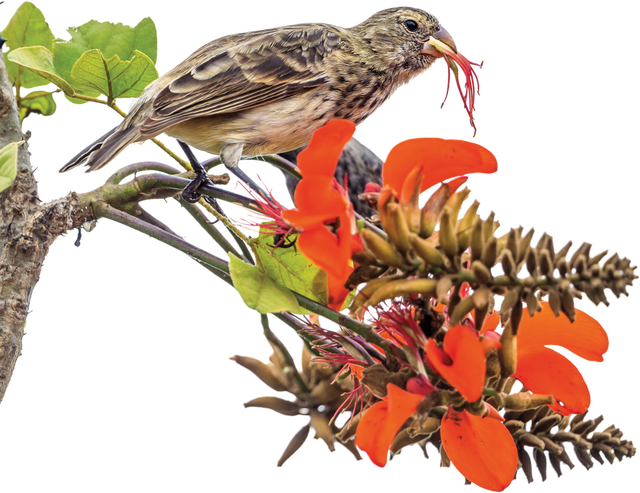
femalevegetarian finch
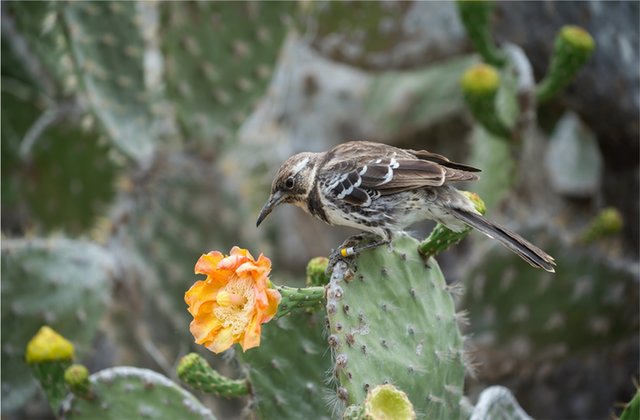
Floreana mockingbird

Darwin’sLongestStay
DarwinstayedthelongestonSantiagoIsland.Here,hesawwhatLawsonhaddescribed.Thetortoisesweredifferent.Thefincheshecollectedallseemeddifferentfromeachother,too.Eachcamefromadifferentisland.DarwingavethesamplestoanexpertinEngland.Hefoundthattheyweredifferentenoughtojustifyatleast 14 species.
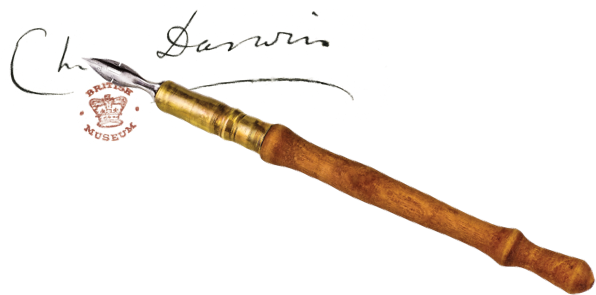
small ground finch